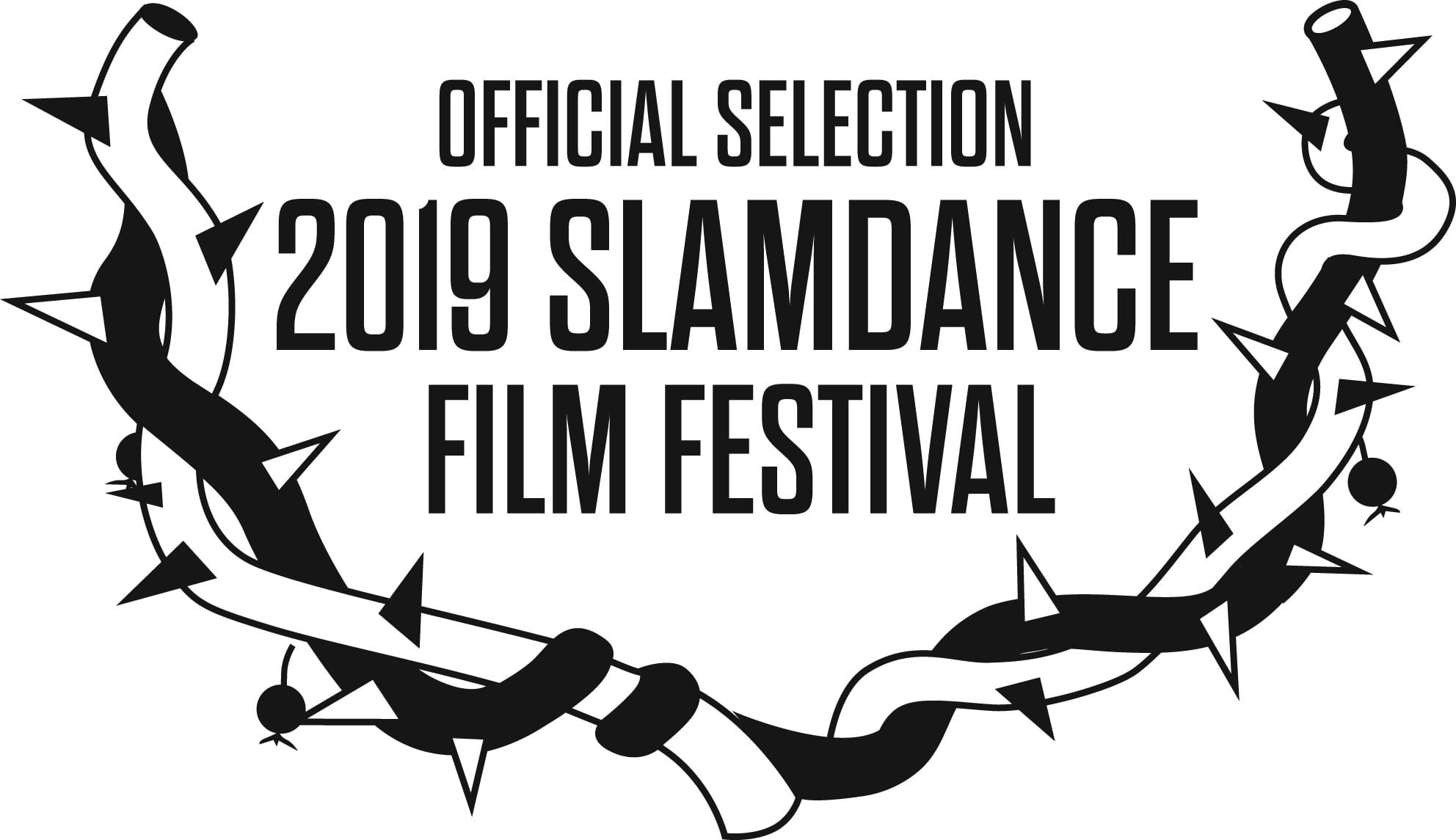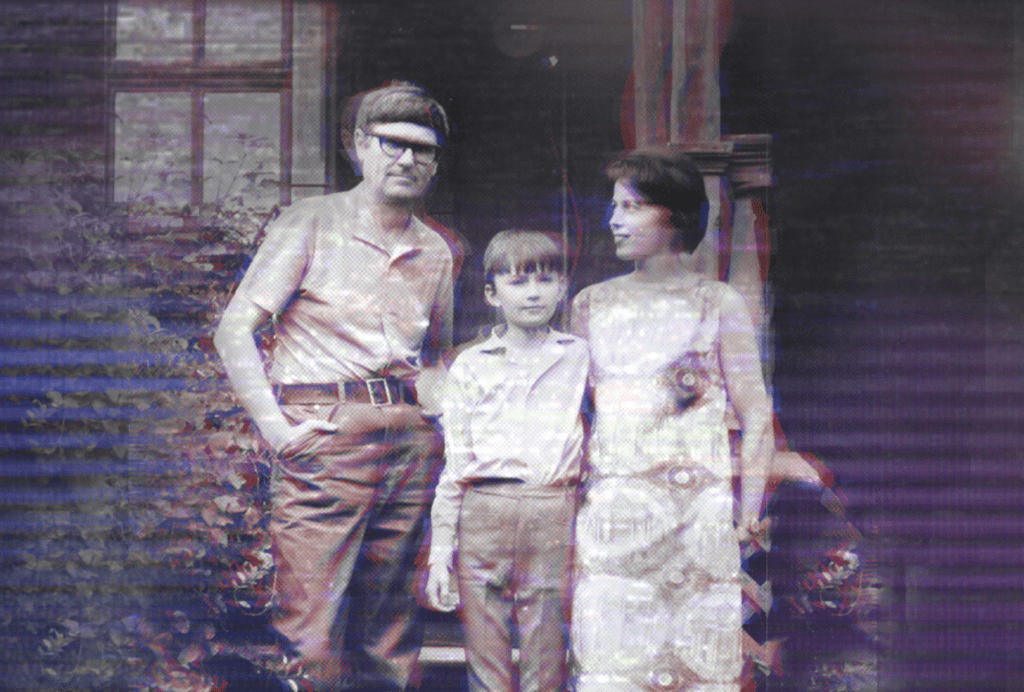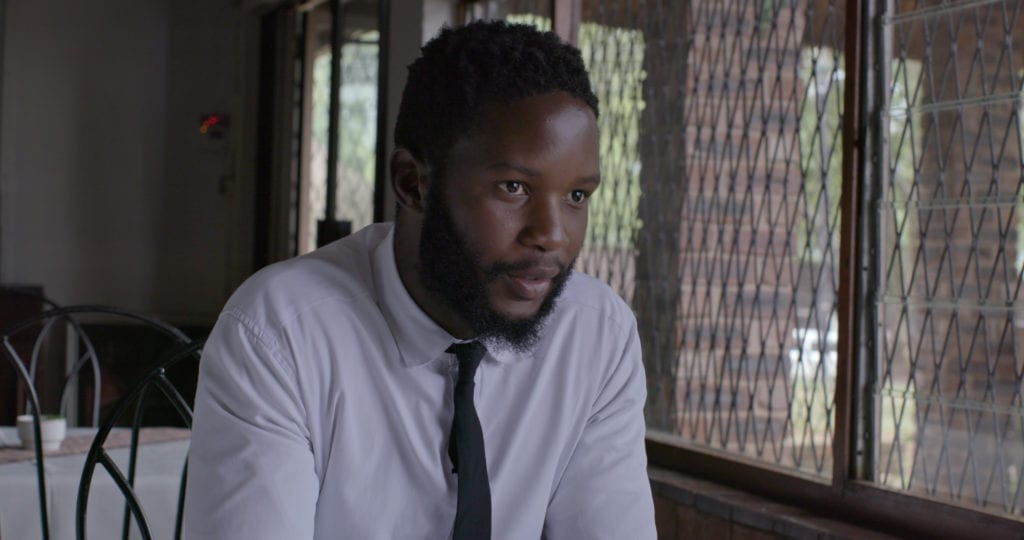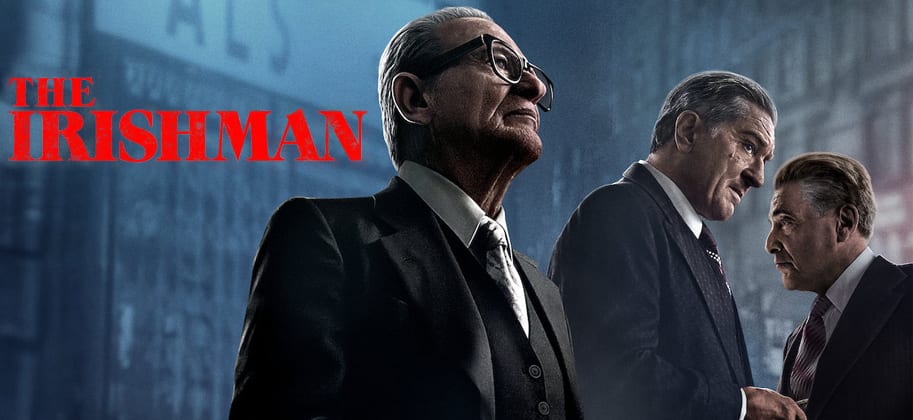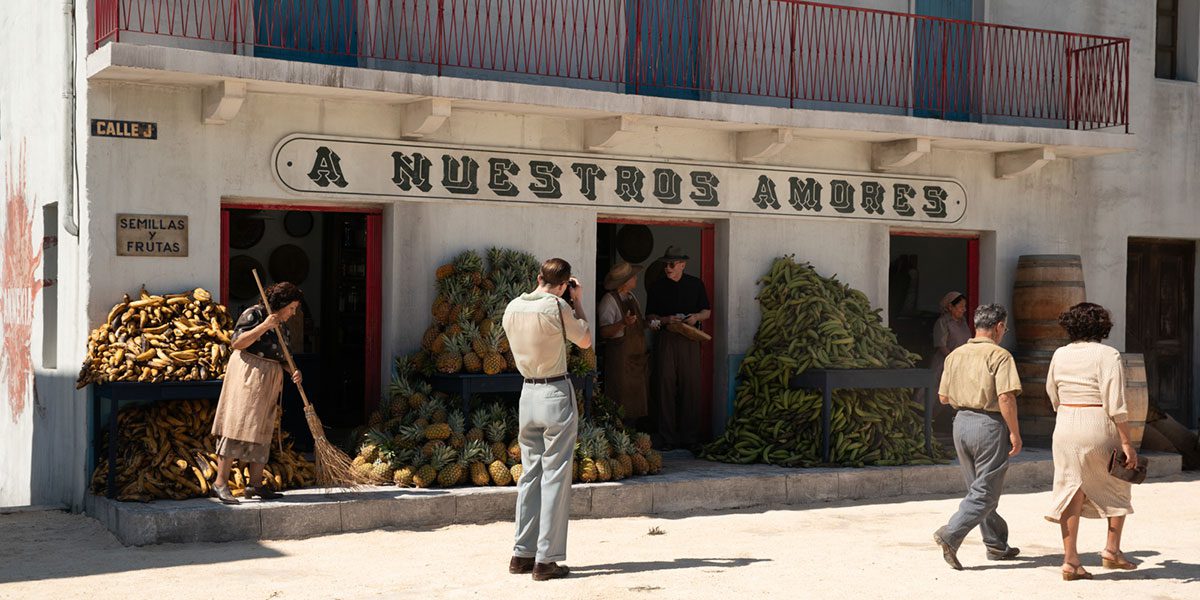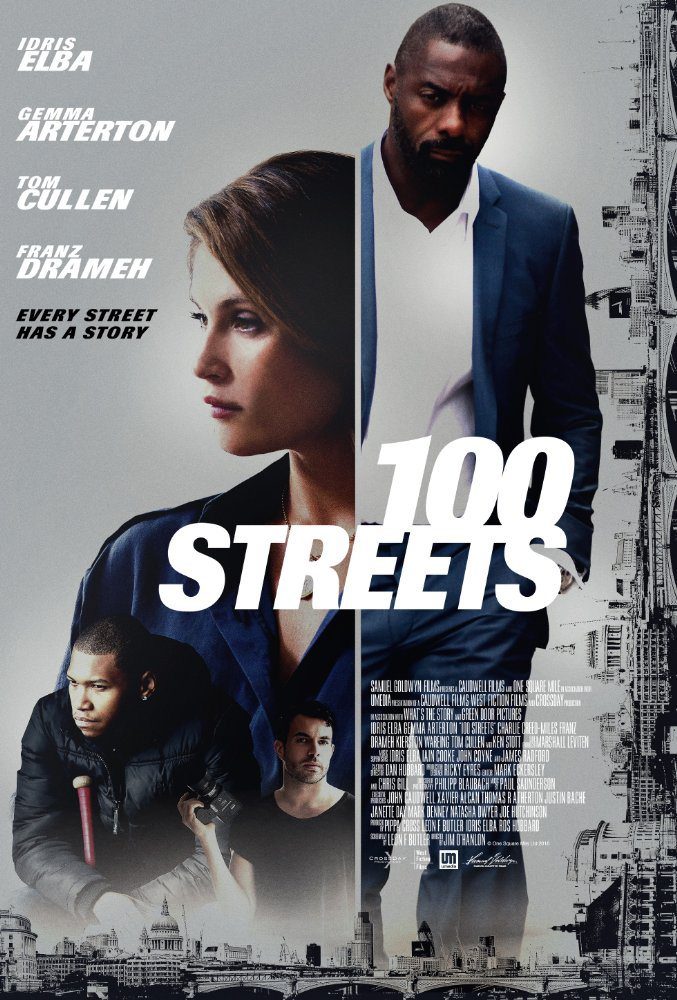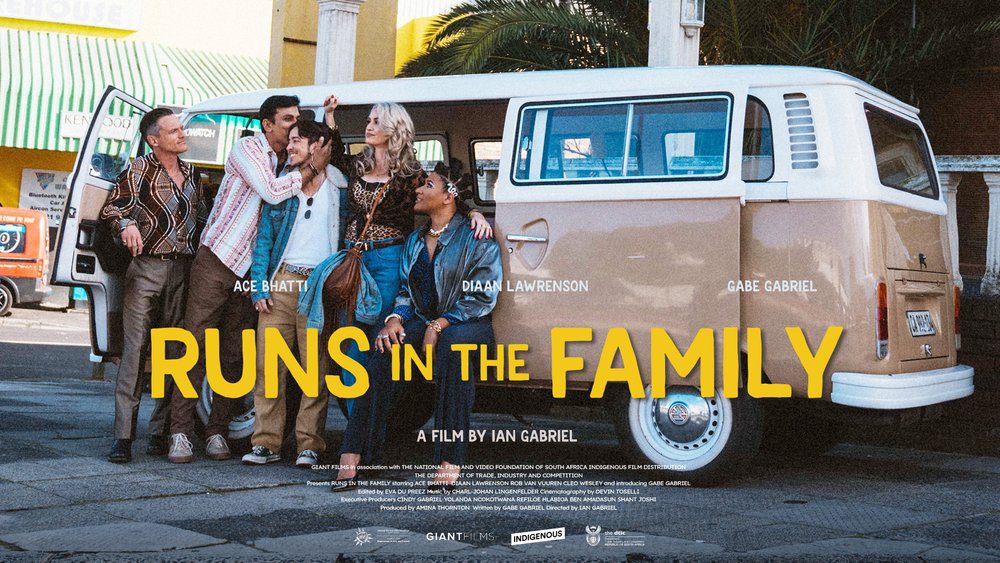Covering Slamdance has been a bit different for me because I didn?t actually attend the festival. Through filmmakers and publicists sharing screeners with me I?ve covered the film festival from the warmth of southern California. (As I write this it?s currently 33 F in Park City and 74 F in my patio.) While there are plusses to covering a festival remotely, I miss the word of mouth and opportunity to meet filmmakers and hear their introductions and Q&As at screening. My thanks for all those who shared their films with me for coverage.
The Beki?skis opens with the voice of Polish painter Zdzislaw Beki?ski informing a friend of his son Tomasz?s death. The film then uses family photos, taped audio, home movies and video to relate the family?s history. Zdzislaw was fascinated with new technology and took every opportunity to use it to chronicle has family?s life. And it is not just vacations and birthday parties. It includes very personal discussions about the family dynamics and resentments. As the film progresses we learn of suicide attempts, a plane crash, illness, and murder. The elder Beki?ski created dark surrealist paintings. We see some of his works throughout the film. Those dark paintings set a morose mood for the film that grows ever more grim.
Director Joshua Magor describes We Are Thankful (original title Siyabonga) as docufiction. It is the story of an South African actor, Siyabonga Majola, who hears that an English filmmaker is going to make a film in a nearby town. He sets off on a journey to take his career to a new level. That is exactly how Magor and Majola got together, and from that meeting, Magor decided the film he needed to make was the story of Majola?s trip and the various people and situations he encountered on the way. While the film spends a lot of time with Siya walking alone through country and towns, it is interesting to see and hear the parts of life that Siya lives. At the very end of the film, We hear his prayer and his desires for his day, his career, and the people he meets. That prayer puts the whole film into context.

